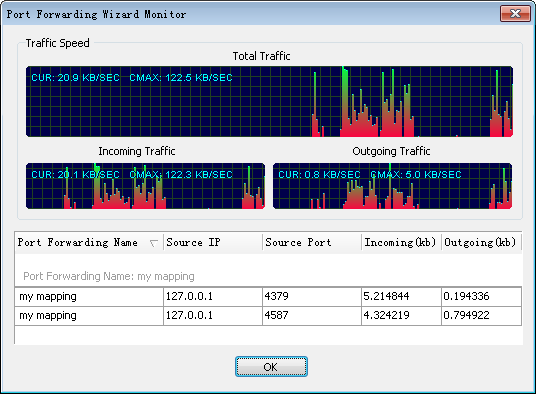

If I run it under docker (without traefik), it runs as expected. I'm trying to run joohoi/acme-dns behind traefik.I’m not familiar with traefik, but from the quick start guide, it looks like for docker it’s as easy as setting a label on your container: whoami: image: emilevauge/whoami # A container that exposes an API to show its IP address labels: - "=Host:"
#Network utilities port forward plus
AAD authentication can be arhieved by using traefik auth forward, refer to this link Traefik supports automatic certificate generation but limits to 1 replica, so the solution here is using cert-manager plus traefik Traefik 2.2 adds ingress annotations back, so I am going to use the ingress annotations on ingress object. it looks like you're using traefik acme to generate your SSL certs, as such your label on the traefik-forward-auth container should prompt traefik to generate the certificates. Our goal in this tutorial is to: Expose Traefik 2 using a Scaleway LoadBalancer Traefik integrates with any HTTP and TCP-based applications and every major cluster technology. Traefik (pronounced traffic) is a modern HTTP reverse proxy and load balancer designed to make the deploying of microservices easy. según veo del json previo se debiese llenar el apartado de certificates si estuviese funcionando correctamente, en mi caso ya desde antes contaba con un subdominio de traefik, y otra cosa que no estoy seguro de que me este funcionando bien, es el poder hacer port forwarding al 80 y 443 dado que mi router tiene usado para su administración los. I can port forward to a pod and hit :8000/ping and get 200. I added my own config to this for the /ping health-check endpoint. Hi, I’m trying to use Traefik as an ingress controller for k8s this is the docs I’m following. Going forward in the service APP2, we had another line 2_=3000 That means that Traefik is going to balance incoming requests between those two. It also ensures tls encryption (TLS is "safer" SSL) - This one is tricky, because it does not look as important as it is, thanks to that section Traefik uses traefik.toml file as a backend definitions provider - Defines default entrypoint httpSSL and assings port 4000 to it. ChopFitzroy started following Setting up traefik reverse proxy in docker container with static IP. If the proxy doesn't use headers named X-Forwarded-For and X-Forwarded-Proto to forward the proxy address/port and originating scheme information, set the ForwardedForHeaderName and ForwardedProtoHeaderName options to match the header names used by the proxy:. The Traefik dashboard should be accessible on monitor. Heimdall should be accessible on, from where you can set it up to provide a convenient homepage with links to services. Each service should be accessible (assuming you have port-forwarded on your router) on. Generally you’d want one for port 80 and another for 443. 
Entrypoints define which ports and interfaces Traefik listens on for traffic. Traefik has three fundamental concepts: Entrypoints, Routers and Services.How do I setup OAuth? Setting up Google OAuth for Docker using Traefik, involves 3 steps: 1) create DNS records, 2) configure Google OAuth2 Service and 2) modify Docker compose files and adding the Traefik labels to activate forward authentication. With the basics taken care of let's move on to setting Google OAuth Traefik forward authentication for our Docker services.DoH query: port 443 -> traefik -> DoH-server -> pihole -> unbound Project name origin ¶ Firstly the name DoTH-DNS is a word construct resulting from the ability to use DoT and DoH for DNS queries.

I definded also the loadbalancer port “.=80” With another. Normally traefik should manage this and forward all traffic to the webserver. After this, I was not able to connect to the wordpress webserver.
After successfull configuration i remarked the Port section in the stack skript.







 0 kommentar(er)
0 kommentar(er)
